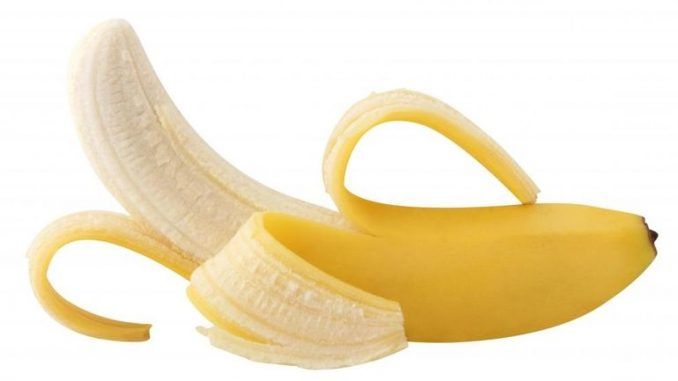
A fungal disease complex threatens to wipe out the world’s bananas.
Researchers have found a new lethal threat to the banana that could make the popular fruit extinct in 5 to 10 years.
New York Post reports:
According to plant pathologist Ioannis Stergiopoulos, a fast-advancing disease compound, known as the Sigatoka complex, could be a lethal threat to the world’s banana supply.

BYPASS THE CENSORS
Sign up to get unfiltered news delivered straight to your inbox.
You can unsubscribe any time. By subscribing you agree to our Terms of Use
The Sigatoka complex is made up of three fungal diseases — yellow Sigatoka, eumusae leaf spot and black Sigatoka.
Of the three, black Sigatoka poses the greatest risk to the 100 million tonnes (about 110 million U.S. tons) of bananas grown annually in almost 120 countries.
To understand how the fungi attack, Stergiopoulos sequenced the genomes of eumusae leaf spot and black Sigatoka, and then compared results with the previously sequenced yellow Sigatoka genome.
What he found was the three fungal diseases not only shut down the immune system of the banana tree, but the metabolism of the fungi also adapted to match that of the host plant.
This means the fungi can produce enzymes to break down the plant’s cell walls to feed on its sugars and other carbohydrates.
We have demonstrated that two of the three most serious banana fungal diseases have become more virulent by increasing their ability to manipulate the banana’s metabolic path ways and make use of its nutrients,” Stergiopoulos told Digg.
“This parallel change in metabolism of the pathogen and the host plant has been overlooked until now and may represent a ‘molecular fingerprint’ of the adaptation process.
“It is really a wake-up call to the research community to look at similar mechanisms between pathogens and their plant hosts.”
Stergiopoulos pointed out that Cavendish bananas — those most commonly found in the supermarket — are grown from shoot cuttings, which means a disease capable of wiping out one plant could destroy them all.
“The Cavendish banana plants all originated from one plant and so as clones, they all have the same genotype — and that is a recipe for disaster,” he said.
Stergiopoulos suggested the ready availability of bananas gives them an “image problem” because consumers think the supply will never cease to exist.
In order to prevent the global banana industry from being wiped out in the next decade, farmers need to make 50 fungicide applications to their banana crops annually.
“Thirty to 35 percent of banana production cost is in fungicide applications,” he said.
“Because many farmers can’t afford the fungicide, they grow bananas of lesser quality, which bring them less income.”
Despite the negative outlook, there is the possibility scientists can create a defense against the complex.
In 2001, Australia’s largest banana production area — Tully in far north Queensland — was close to extinction after black Sigatoka was discovered.
An intense de-leafing program was undertaken for the entire production area within a 30-mile radius.
Additionally, Tully growers conducted a weekly aerial spraying campaign, covering some 4,500 hectares.
In 2003, a team of scientists confirmed a world-first had been completed, with the black Sigatoka being completely eradicated.
However, as this complex is made up of three fungal diseases, it might not be so easy to destroy.
The discovery was reported online in PLOS Genetics.


